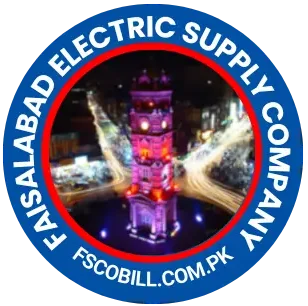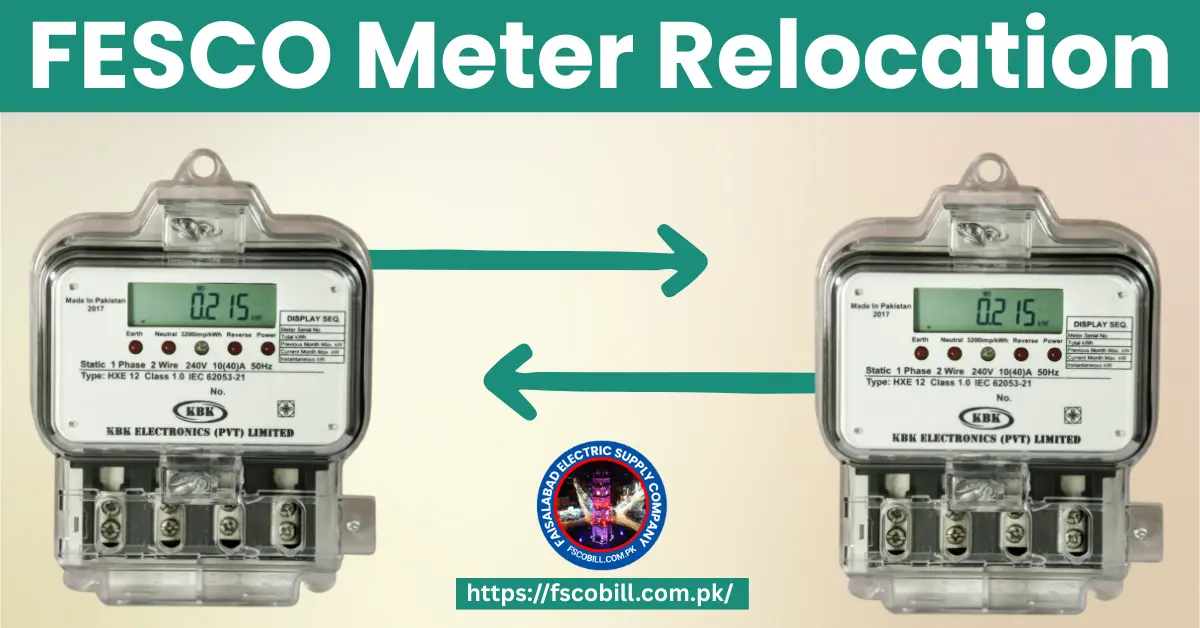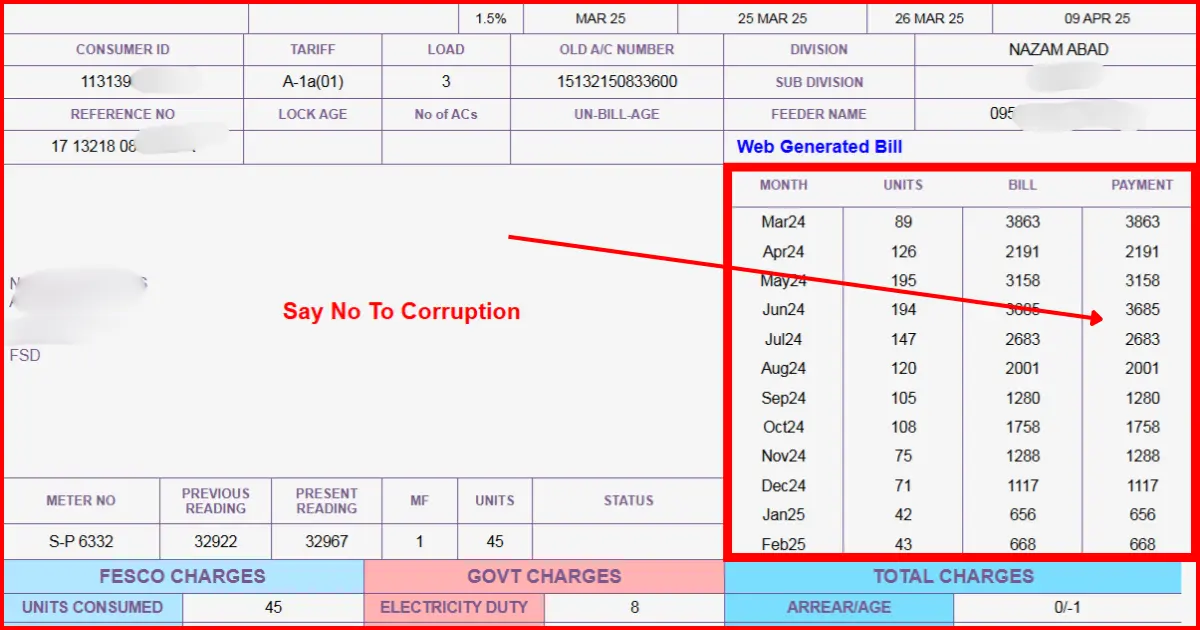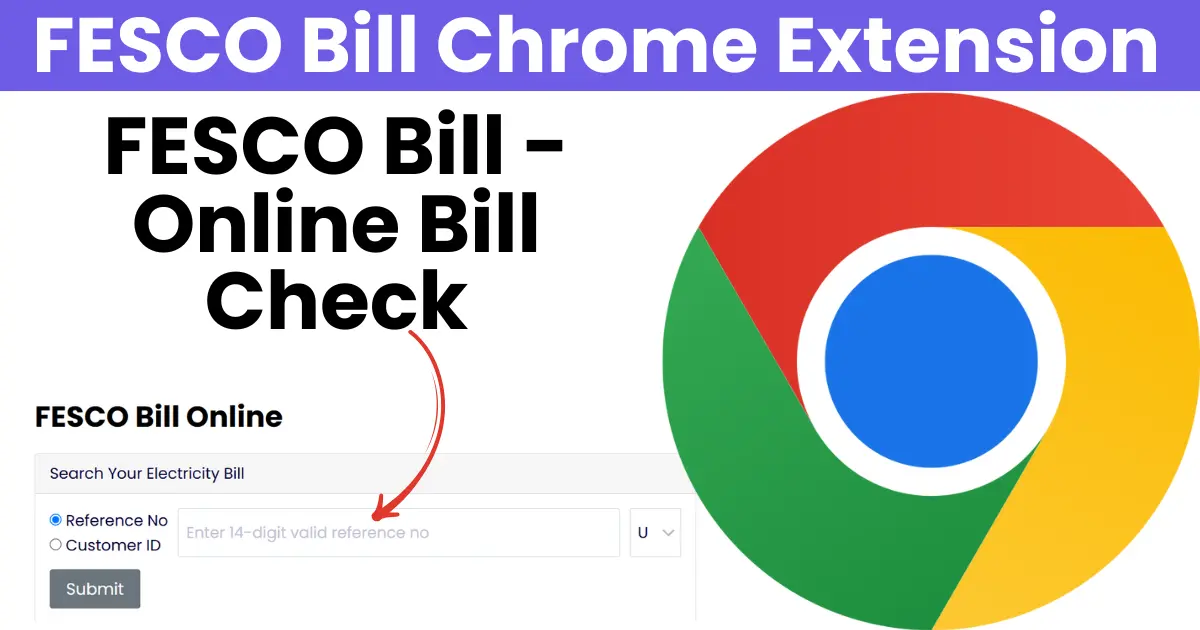What is FESCO net metering?
Net metering is an innovative billing system that allows households and business owners to generate electricity and send excess electricity back to the grid. Solar panels or even wind turbines can usually do this. Since the world is running on Go Green, net metering is very common worldwide. It aims to minimize consumers’ electricity bills and promote renewable energy use. The term net meeting is only a few years old in Pakistan, but the world adopted it long ago. We know in detail how net metering works and how you can overcome your energy crisis through it.
How Does FESCO Net Metering Work?
Net metering is a system that allows consumers to feed their excess electricity back to the national grid. They can send the energy, whether generated by solar panels or wind turbines, to the National Grid and get paid. When there is more sunlight during the day, the solar panels can generate excess electricity automatically fed into the grid by the net meter. In return, everyone gets credit from the company that they can use even when power is not generated, such as during night hours or on rainy days.
Through net metering, the consumer pays the bill only for the electricity he receives from the grid, i.e., the difference between the electricity supplied by the solar system and the electricity consumed. This method reduces the cost of electricity and promotes the use of environmentally friendly energy.
The Benefits of Net Metering
Net metering has several significant benefits, including economic and environmental. It is not only budget-friendly but also has a positive impact on our environment, as it allows those with a solar net metering system to generate excess electricity and sell it to the national grid. Let’s look at these benefits and see how they can benefit us.
Cost Saving
The most significant advantage of net metering is that it can significantly reduce our electricity bills. Generally, net metering customers get credit from power generation companies for generating additional power but do not burden the national grid. For example, if a 5-kilowatt solar system produces 600 kilowatts of electricity per month and 500 kilowatts of it are used, the remaining 100 kilowatts are sent back to the grid, and Pakistanis will get a credit of around five thousand to four thousand rupees.
Decrease Carbon Emissions
Net metering also promotes the use of renewable energy, which significantly reduces carbon emissions. A typical home solar system can prevent three to four tons of carbon dioxide emissions each year, equivalent to planting more than 100 trees. This not only reduces environmental pollution but also helps create a clean environment.
Efficiency of the Power System
Net metering also makes the electricity grid stable and efficient, as it helps us to generate electricity locally and distribute it better. For example, if 100 megawatts of electricity are generated in an area, 60 megawatts are used for self-use, and the remaining 40 megawatts are distributed locally. In this way, transmission in the electricity sector will be reduced, and the power system will also be balanced during high demand. These benefits of net metering make it a smart option that helps reduce electricity costs for consumers and preserve the environment.
Disadvantages of Net Metering
Net metering has many advantages, but it also has some disadvantages that can challenge consumers and electricity supply companies.
- The initial investment for net metering is high because the cost of solar panels and other equipment is beyond the reach of some people.
- The net metering system is completely weather-dependent, and your production may be affected by less sunshine or a power outage.
- Power generation companies may also face financial difficulties due to low consumer bills.
- If everyone produces more electricity, there is little or no compensation, limiting the benefit of excess electricity.
- Net metering policies can also change over time, creating uncertainty, especially in developing countries like Pakistan.
- The presence of more net metering users can also put an additional load on the power system, which can affect the grid’s performance.
Key Components of Net Metering
If we talk about the main components of a net meeting, they are as follows:
Solar Panels
Solar panels are the most important thing when setting up a net metering. These solar panels absorb sunlight and convert it into electricity. The more good-quality solar panels you buy, the more electricity you generate. So always buy panels from a good company whenever you buy solar panels.
Inverter
You know that the electricity generated by solar panels is DC (direct current), while household and commercial appliances run on AC (Alternating current). Inverters convert this direct current (DC) into AC so that the electricity can be used for everyday use. Like good solar panels, suitable inverters are essential, so never compromise on the inverter and get an inverter from a good company installed.
Bi-Directional Meter
This is a special type of meter, which we also call a green meter; it works in two ways:
- Note your electricity consumption, which you usually take from the grid.
- Record your excess electricity, which you give back to the grid. And finally, the same meter calculates your electricity bill under net metering.
Grid Connection
This system works when your solar system is connected to the electricity grid. Excess electricity is fed back into the grid and taken from there when needed.
Battery System—Optional
Batteries are also an essential part of a solar system, but they are optional for you and are used when you want to store excess power for use at night in case of a power outage. But net metering usually does not require a battery system because excess power goes directly into the grid. So whether you install batteries or not is up to you.
Net Metering License and Certification
Government approval is required for net metering. For this purpose, a net metering license must be obtained from the concerned electricity distribution company, DISCO, so your solar system can be legally connected to the grid. All these components combine to make your net metering efficient and effective, which also benefits consumers with reduced electricity bills and eco-friendly energy.
Conclusion
Net metering is a modern-day efficient way to reduce electricity costs and promote renewable energy. It allows consumers to generate their electricity and feed excess electricity back into the grid, lowering electricity bills and reducing environmental pollution. However, the initial cost can be high, depending on the season. Governments’ ever-changing policies can also create problems. Despite these challenges, net metering is a viable and sustainable solution for energy efficiency that can be a wise choice for both domestic and business users.








I’m really impressed along with your writing abilities as well as with the format for your weblog.
Is that this a paid subject matter or did you modify it
yourself? Either way stay up the excellent quality writing, it’s uncommon to peer a nice weblog like this one nowadays.